PsychNewsDaily Publishers
100 Summit Drive
Burlington, MA, 01803
Telephone: (320) 349-2484
PsychNewsDaily Publishers
100 Summit Drive
Burlington, MA, 01803
Telephone: (320) 349-2484
Serving others enhances community bonds through various initiatives like volunteering, tutoring, organizing drives, and engaging in environmental efforts, ultimately improving the lives of those in need.
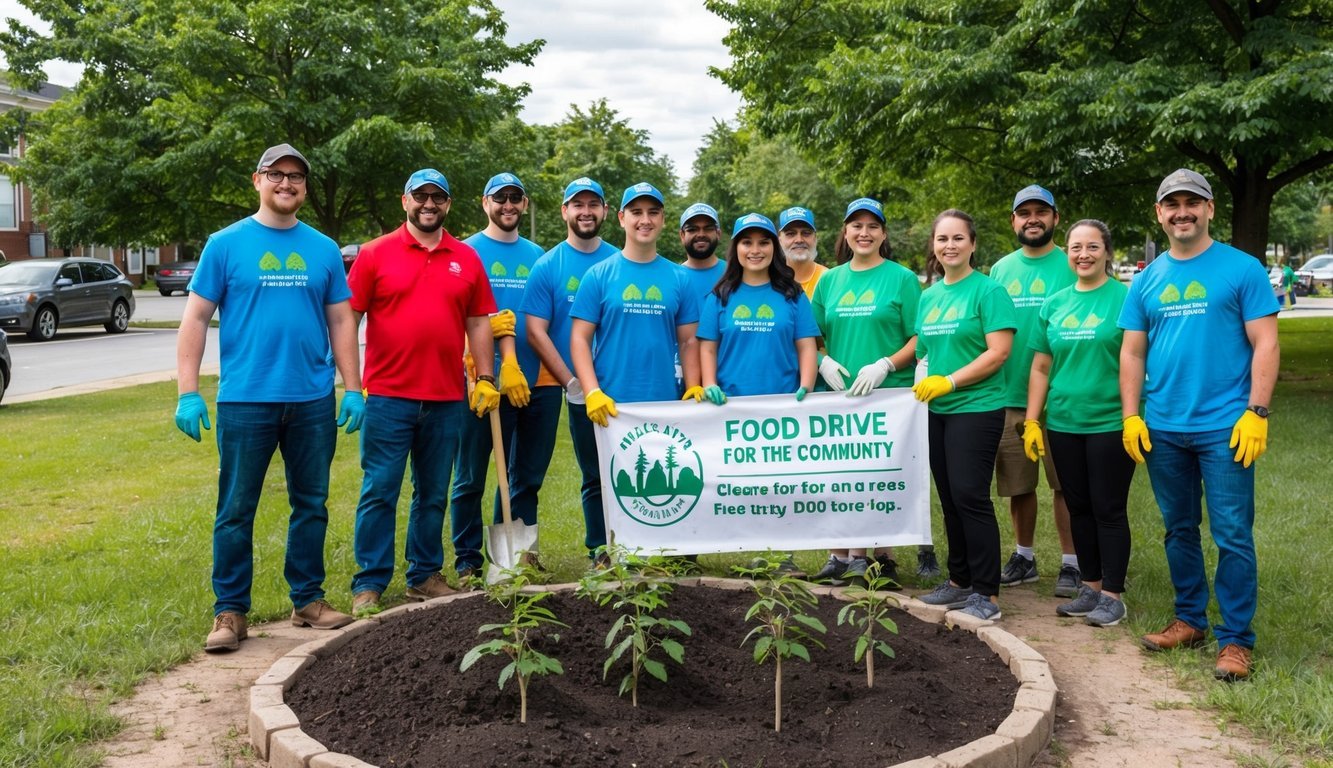
Serving others in the community is a great way to create a positive impact. Many people look for ways to give back, but they may not know where to start. Finding simple and meaningful ways to help can strengthen bonds and improve the lives of those around us.

There are numerous opportunities for individuals to get involved, regardless of their schedule or resources. Whether it’s volunteering time, sharing skills, or simply offering a friendly smile, small actions can lead to big changes in the community.
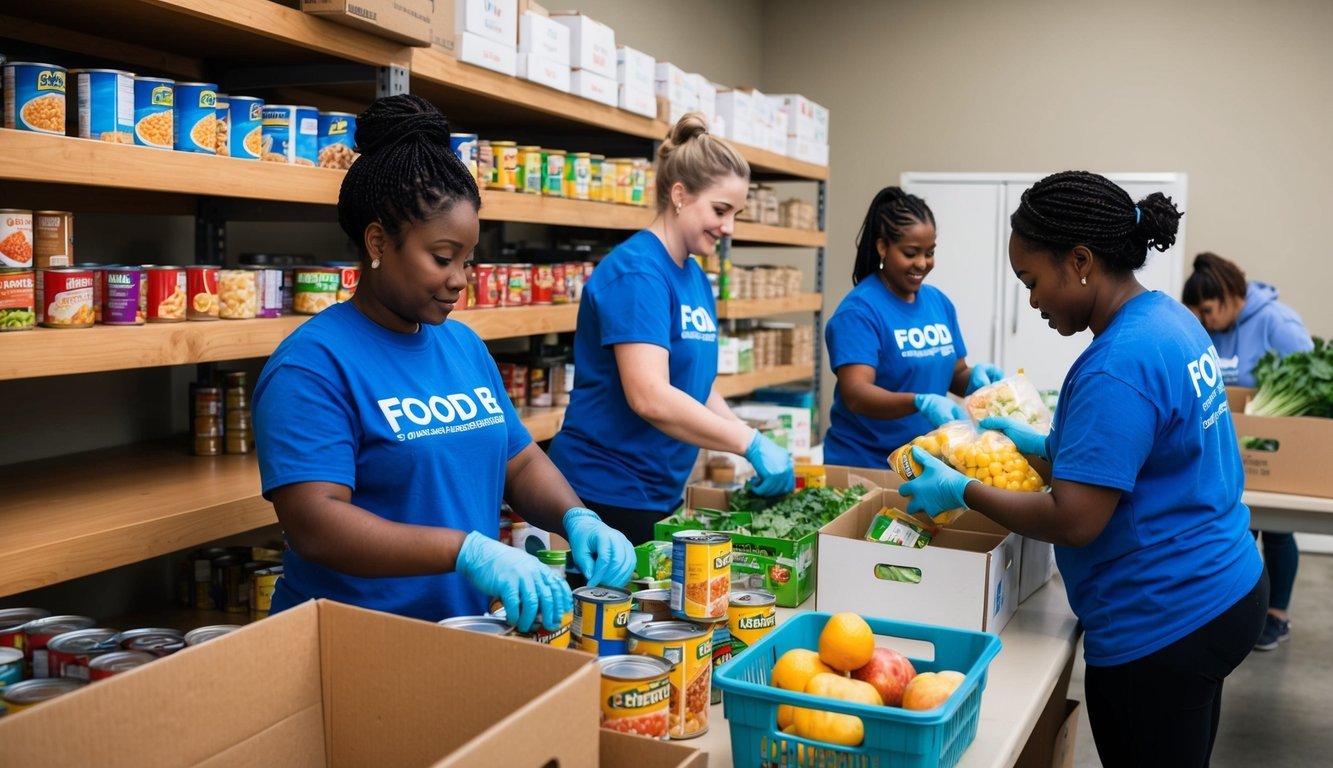
Volunteering at a food bank is a great way to help those in need. Food banks collect and distribute food to people who are struggling. They rely on volunteers to sort, pack, and distribute food.
Helping at a food bank can be rewarding. It allows volunteers to see the positive impact of their work on local families. Many food banks offer flexible hours, making it easy for anyone to get involved.
Volunteers can also assist in special events. These events often include food drives and fundraising activities. Supporting these events raises money and awareness for the fight against hunger.
By volunteering, individuals become part of a caring community. They meet others who share a passion for helping. Together, they work to ensure everyone has enough to eat.
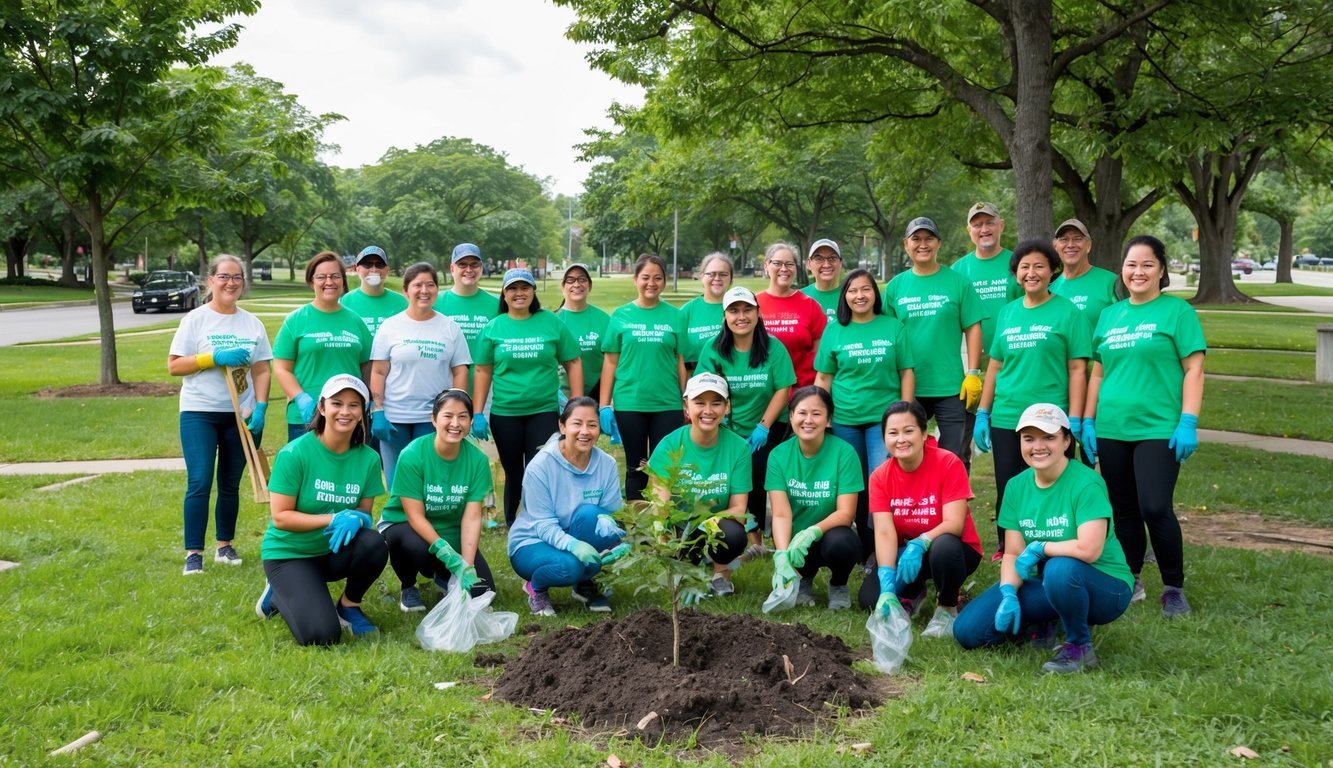
Joining community clean-up events is a great way to help the environment. These events bring people together to clean parks, streets, and other public spaces.
Many local organizations host clean-up days. They often provide supplies like trash bags and gloves. Participants can enjoy being outdoors while making their neighborhood cleaner.
It’s a chance to meet new people and work as a team. Each person can contribute by picking up litter or planting flowers. This teamwork helps build a strong sense of community.
After the clean-up, many groups celebrate with snacks or activities. This makes the experience even more enjoyable.
Getting involved in clean-ups not only beautifies the area but also inspires others to care for their environment. It’s a simple way to make a positive impact in the community.

Tutoring can make a big difference for students who struggle in school. Many kids face challenges in subjects like math or reading. By offering support, a tutor can help them understand lessons better.
Volunteering as a tutor is a great way to use knowledge and skills. It only takes a little time each week to meet with a student. This small effort can boost their confidence and improve their grades.
Tutoring also helps create a bond between the tutor and student. This relationship can motivate students to do better. They may feel more comfortable asking questions and trying new things.
Local schools or community centers often need tutors. Many programs are available that connect volunteers with students. By stepping up, someone can help shape a brighter future for young learners.
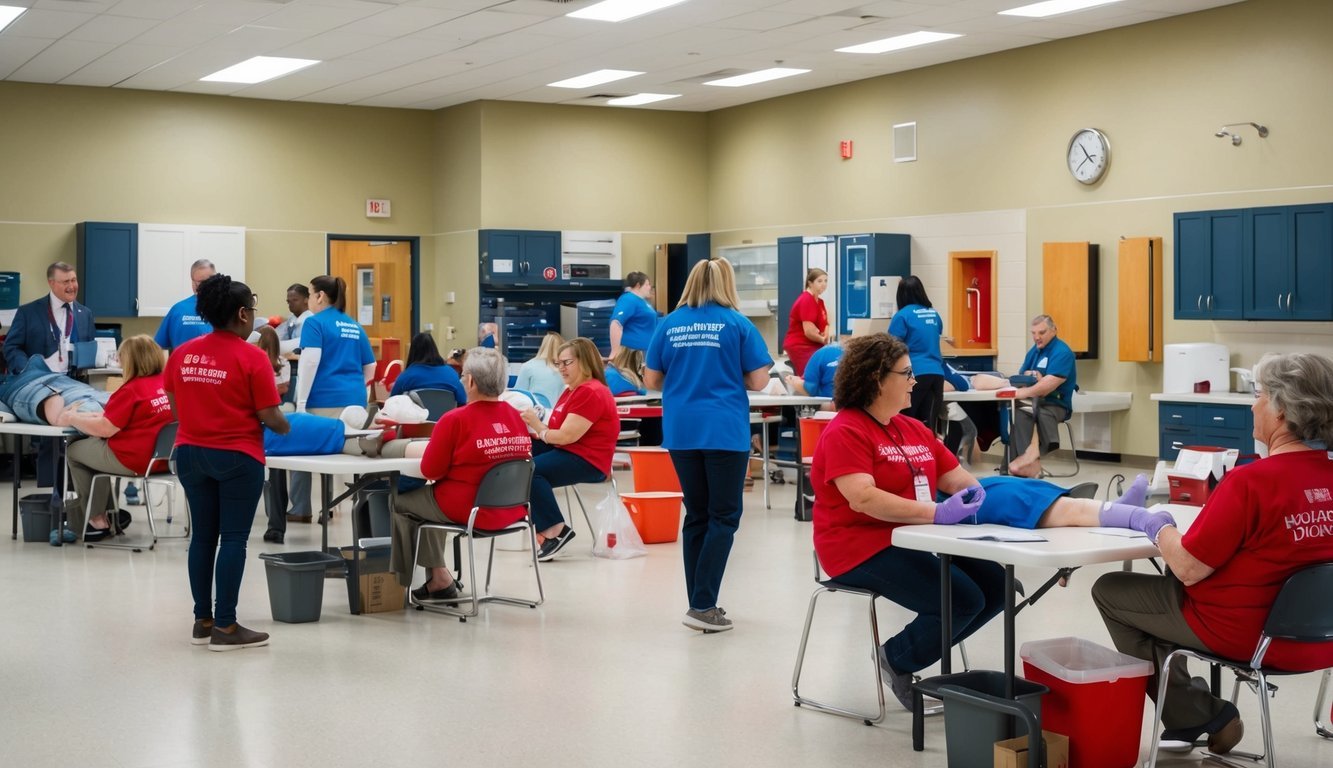
Donating blood is a simple way to help others in the community. Blood drives happen in various places, including schools, churches, and community centers. They provide a safe space for people to give blood.
Before donating, make sure you meet the eligibility requirements. This usually includes being healthy and at least 17 years old. Some places allow 16-year-olds to donate with parental consent.
During a blood drive, volunteers help by checking in donors and guiding them through the process. After giving blood, donors usually enjoy a snack and drink to help them recover.
Organizing a blood drive can be a great community service project. Schools and businesses can work together to host these events. They can also promote friendly competitions to see who can donate the most blood.
Every donation can save lives. Participating in a local blood drive is a meaningful way to show care and support for the community.
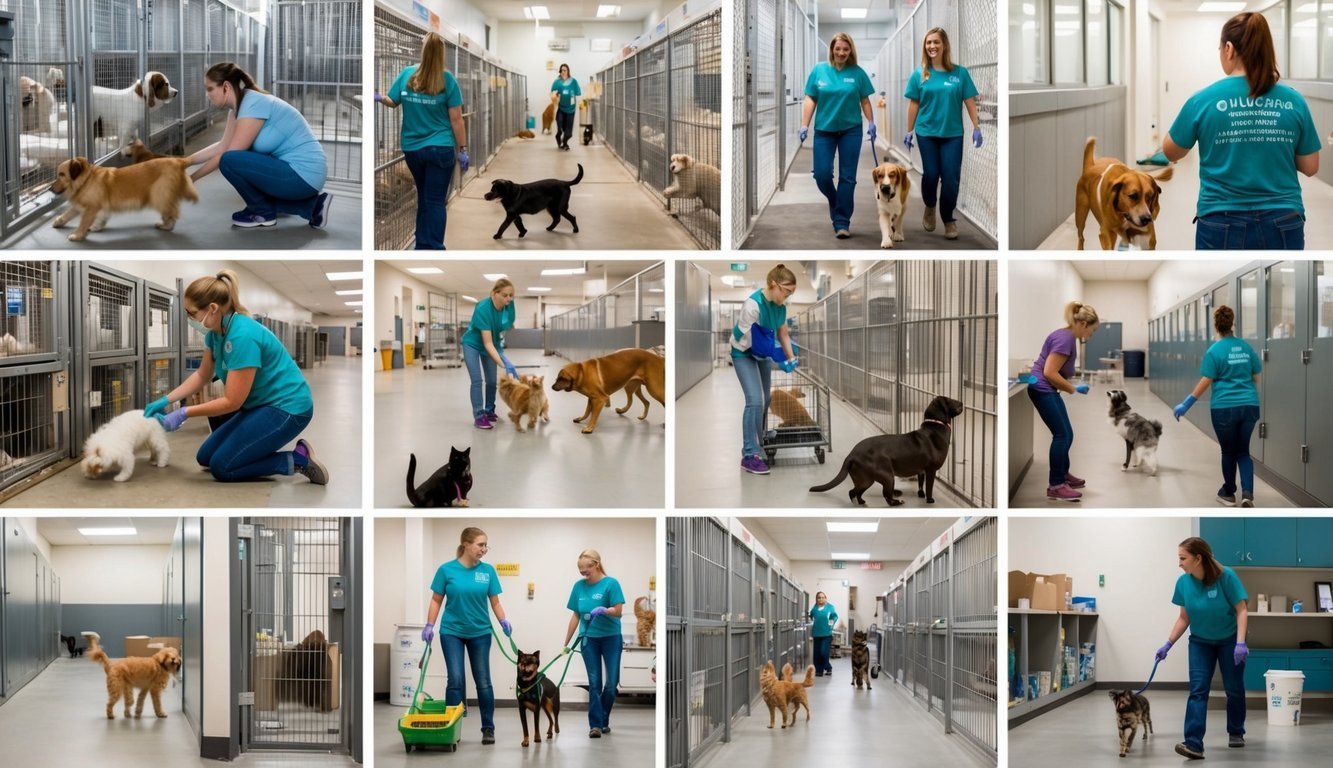
Helping at an animal shelter is a great way to serve the community. Shelters always need volunteers to care for animals and keep the place running smoothly.
Volunteers can take on many tasks, like feeding pets, cleaning their areas, and walking dogs. Just spending time with animals makes a big difference in their lives.
People can also help with adoptions. This includes talking to potential pet owners and helping them meet the animals. Sharing stories about pets can encourage others to adopt.
Socializing with animals is important too. Playing with cats or teaching dogs basic commands helps them become more friendly. This makes them better pets for families.
Volunteering at a shelter can also be a rewarding experience. Being around animals can lower stress and make people feel happier. It’s a great way to give back while enjoying time with furry friends.
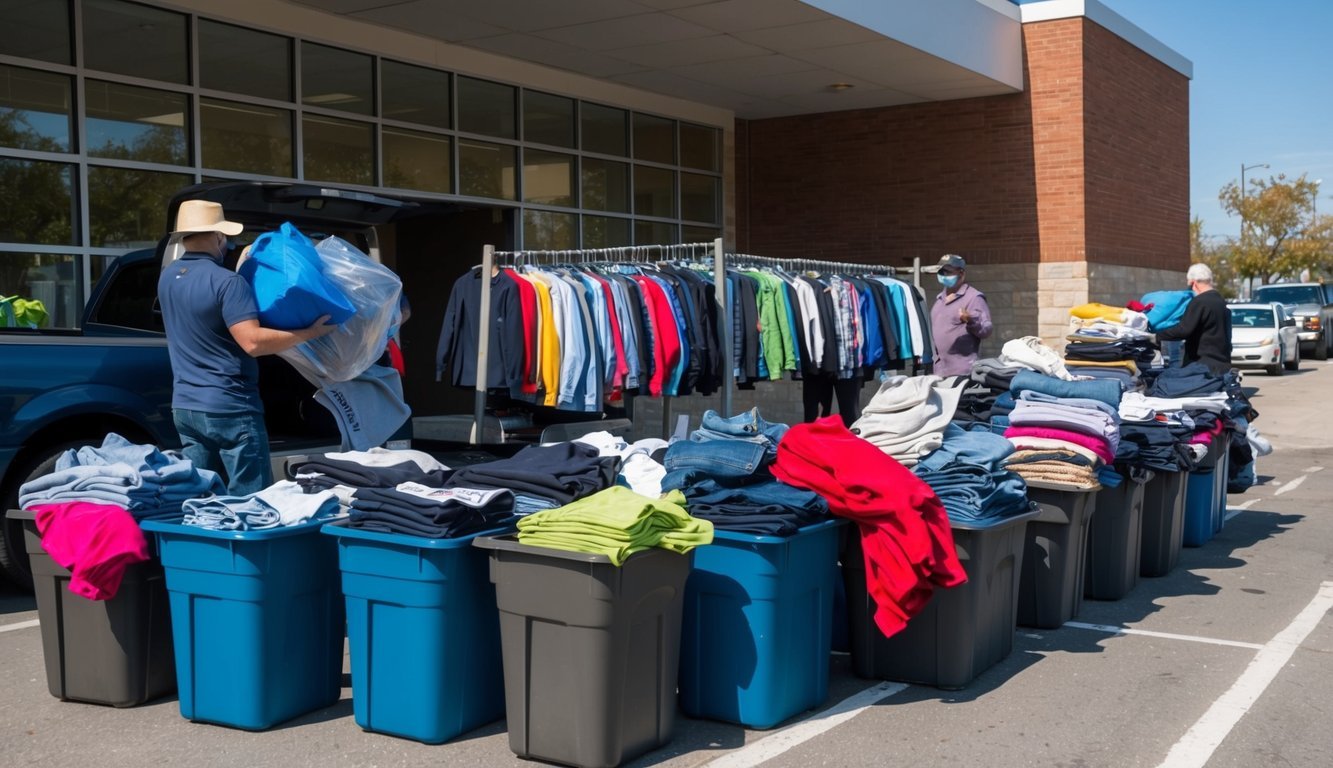
Organizing a clothing drive is a great way to help people in the community. It can provide essential items to those who need them most.
First, choose a specific cause or group to support. This could be homeless shelters, low-income families, or other local organizations.
Next, decide on a location and date for the drive. Popular spots include schools, community centers, or places of worship.
Creating clear goals helps keep everyone focused. For example, setting a target for how many items to collect can be motivating.
Promoting the event is crucial. Flyers, social media posts, and community announcements can get the word out.
Having a team makes the process easier. Friends or family can help with collecting, sorting, and distributing the clothing.
Finally, thank everyone who participates. Showing appreciation encourages more support for future drives.
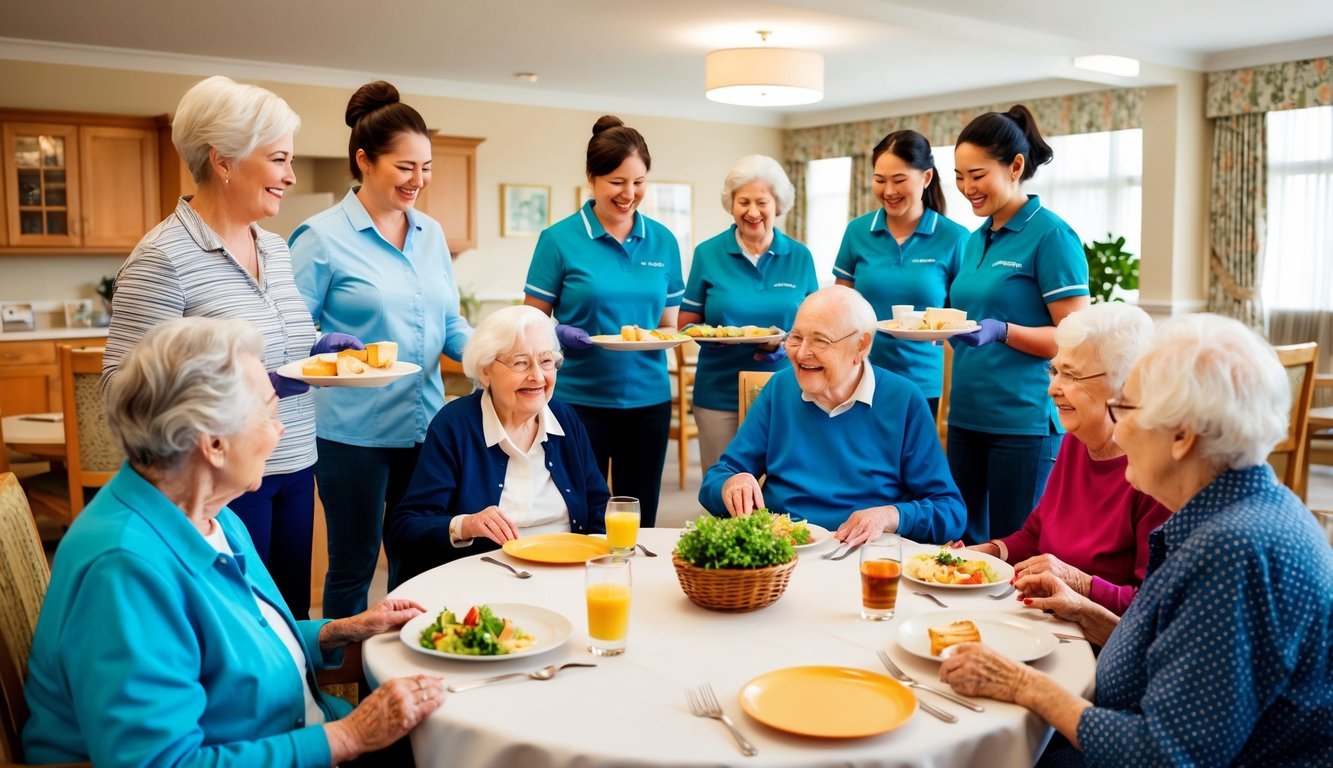
Visiting residents at a retirement home can brighten their day. Many seniors may feel lonely or miss social interactions. A friendly visit can really make a difference.
When planning a visit, bringing a small gift can show thoughtfulness. Simple items like flowers, treats, or even a handmade card can be appreciated.
Engaging in conversation is key. Asking about their hobbies or sharing stories can create a warm atmosphere. Listening to them can also make them feel valued.
Activities can enhance the visit, too. Playing games, doing crafts, or even reading together can be enjoyable. These moments can help build connections.
Volunteering at a retirement home can offer more chances to meet residents. Many places welcome those who want to share their time, talents, or skills. It is a great way to serve the community and lift spirits.
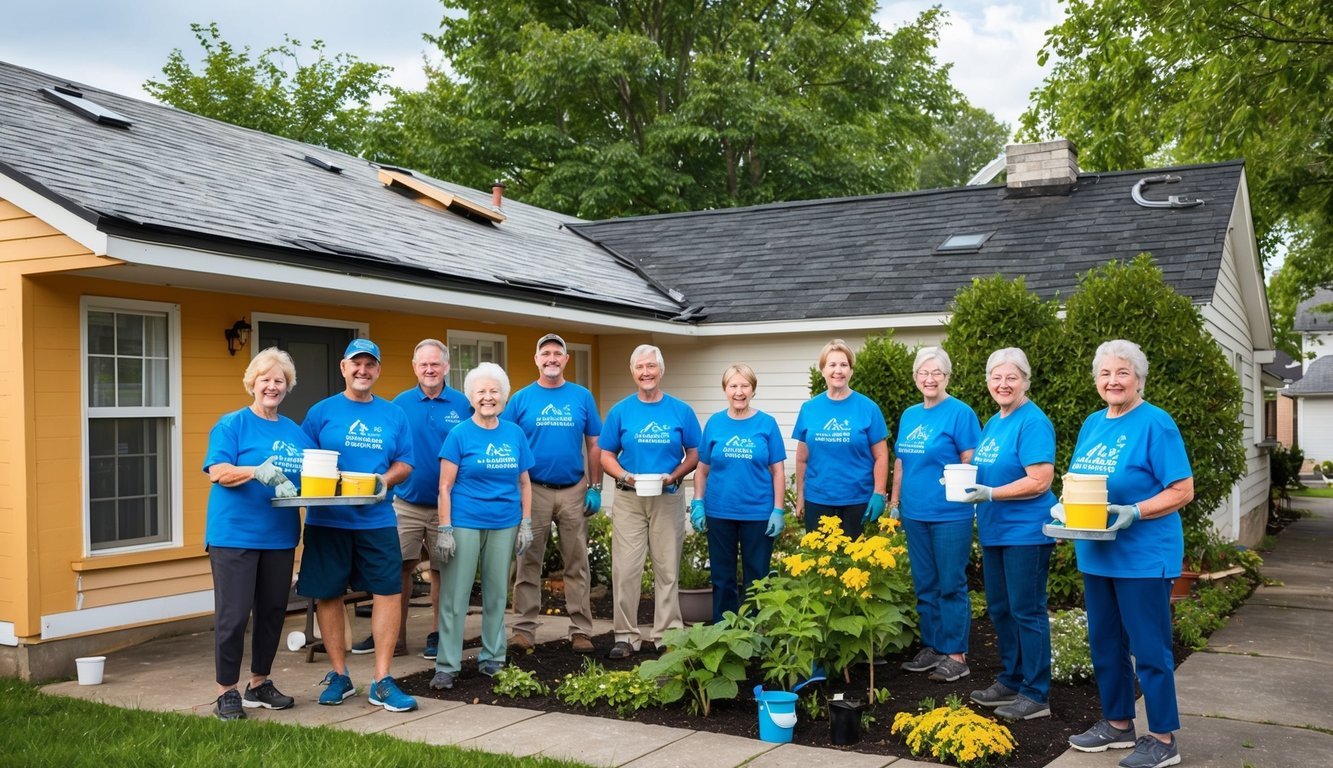
Many elderly people struggle with home maintenance. They may need help with small repairs or upkeep around the house.
Offering to assist with minor home repairs can be a great way to support them. Simple tasks like fixing leaky faucets or changing light bulbs can make a big difference.
Local organizations, like churches, often have volunteer programs. These programs can connect volunteers with those in need.
People can also reach out to community resources like 2-1-1 for guidance on available help. These services can link volunteers to elderly neighbors looking for assistance.
Even just offering to help with yard work or cleaning can be very helpful. Many elderly individuals appreciate companionship while they get these tasks done.
This kind of service strengthens community bonds and shows that people care. It’s a simple and rewarding way to lend a hand.
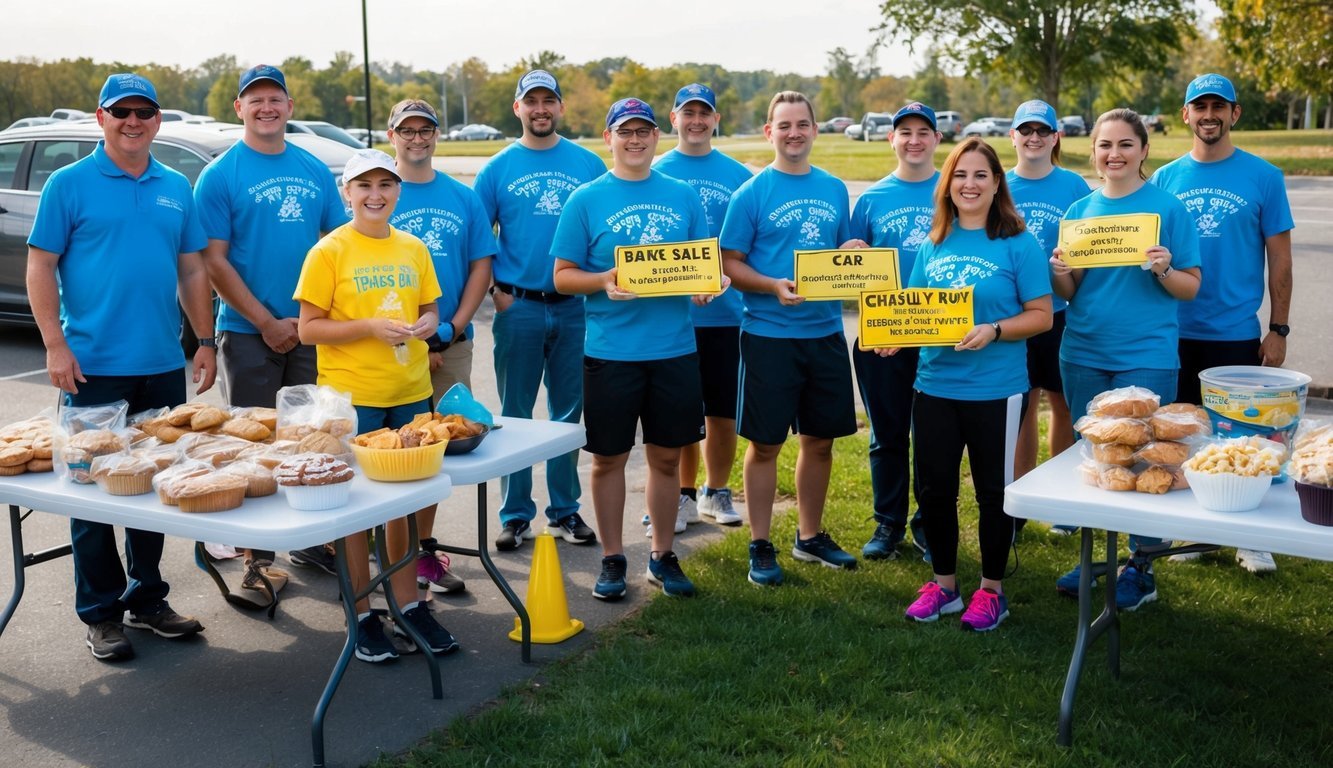
Fundraising is a great way to help your community. It brings people together for a common cause. Many organizations rely on funds to provide services.
They can organize events like bake sales, fun runs, or charity auctions. These fun activities encourage participation and create awareness. Even a small amount raised can make a big difference.
People can also create online campaigns. Sharing a fundraising page on social media can reach more donors. This method allows anyone to contribute, no matter their location.
Offering incentives can attract more supporters. For example, giving prizes for top fundraisers encourages participation. Recognizing contributions makes people feel valued and appreciated.
Communities often benefit from the resources raised through these efforts. Fundraising supports local projects like parks, shelters, and schools. Together, they can meet needs and improve lives.
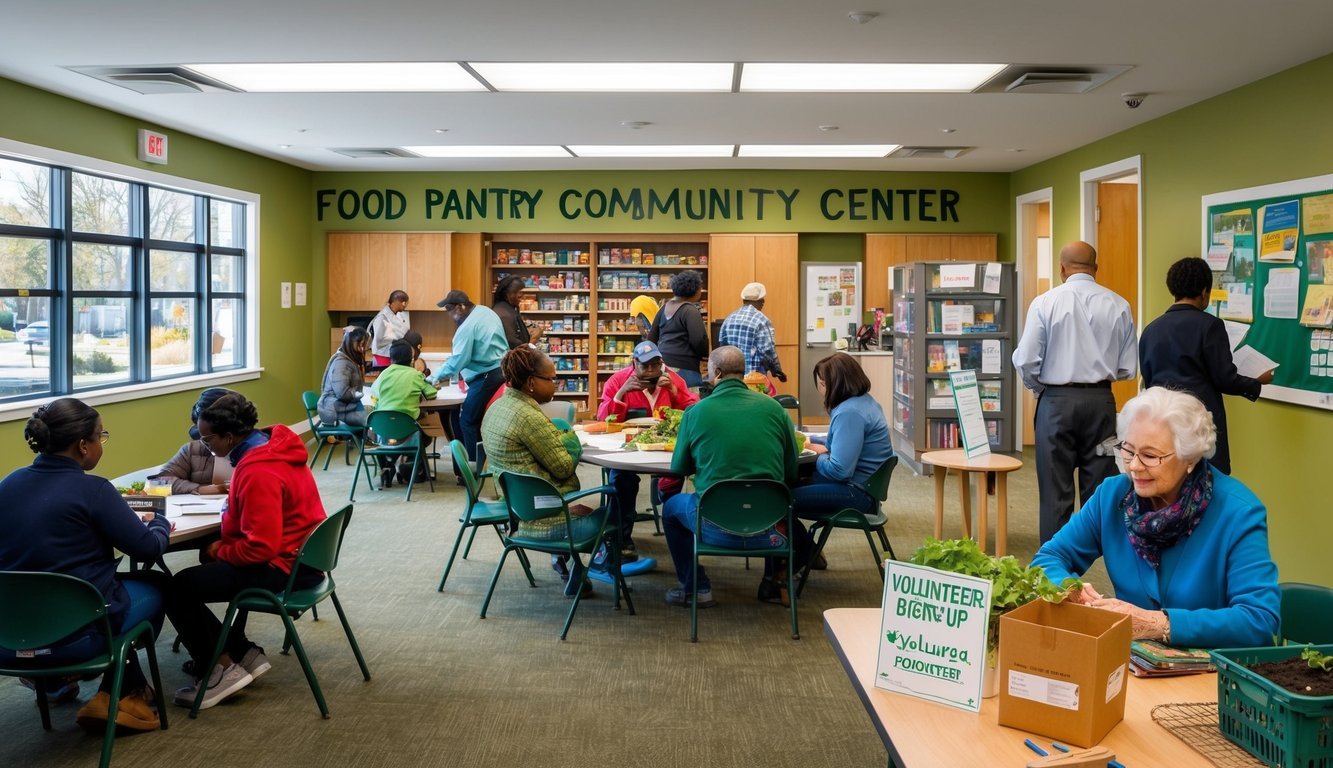
Recognizing what a community truly needs is crucial for effective service. By identifying local challenges and engaging with community leaders, one can gain valuable insights into the specific ways to help.
To serve effectively, it’s essential to recognize the challenges that a community faces. This can include issues like access to healthcare, affordable housing, and transportation.
Residents often experience a lack of these basic necessities. Surveys and local studies can help highlight specific gaps.
Talking to community members is also important. They can share their experiences and concerns directly.
Key aspects to consider:
Gathering this information helps in understanding the prioritization of needs.
Community leaders are invaluable in understanding local needs. They often have firsthand knowledge of the issues affecting residents. Building relationships with these leaders can provide deeper insights.
Attending local meetings, such as town halls, can offer useful information. Leaders can discuss ongoing challenges and potential solutions.
Ways to engage:
Listening to leaders helps shape effective community service initiatives.
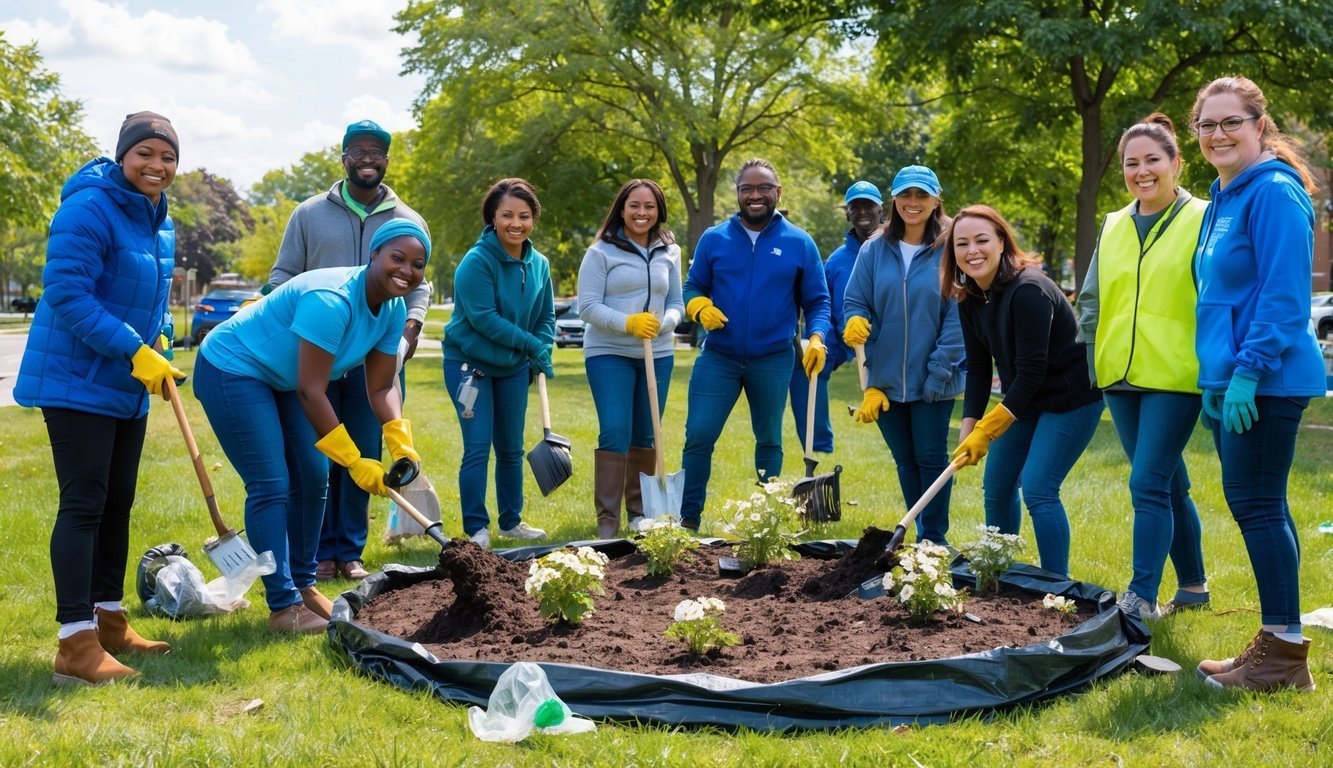
Building strong relationships in a community is vital for creating a supportive environment. Effective communication and collaboration with local organizations can strengthen bonds and foster trust among community members.
Good communication is the foundation of strong relationships. Listening actively is key. When someone speaks, they should feel heard and valued. Asking open-ended questions can encourage deeper conversations. For example:
Using positive body language also helps. Smiling, maintaining eye contact, and nodding shows attentiveness. It’s important to be clear and sincere in messages. Sharing personal stories can help connect with others more meaningfully.
Regular check-ins with community members can keep communication flowing. Short texts or emails can make a big difference. Starting a group chat can help share updates quickly. Engaging in local events encourages face-to-face interaction, which builds trust and friendships.
Teaming up with local groups is another way to strengthen relationships. Organizations often have resources and connections that individuals may not. They can provide support for community projects and events.
Joining forces for activities like neighborhood cleanups or food drives can unite people with a common goal. Each participant can bring unique skills. For instance, some may excel at organizing events, while others might enjoy fundraising.
It’s essential to reach out to local nonprofits or clubs. They often welcome volunteers and new ideas. Collaboration is about sharing responsibilities and celebrating successes together. When the community works as a team, it enhances the sense of belonging and trust among its members.
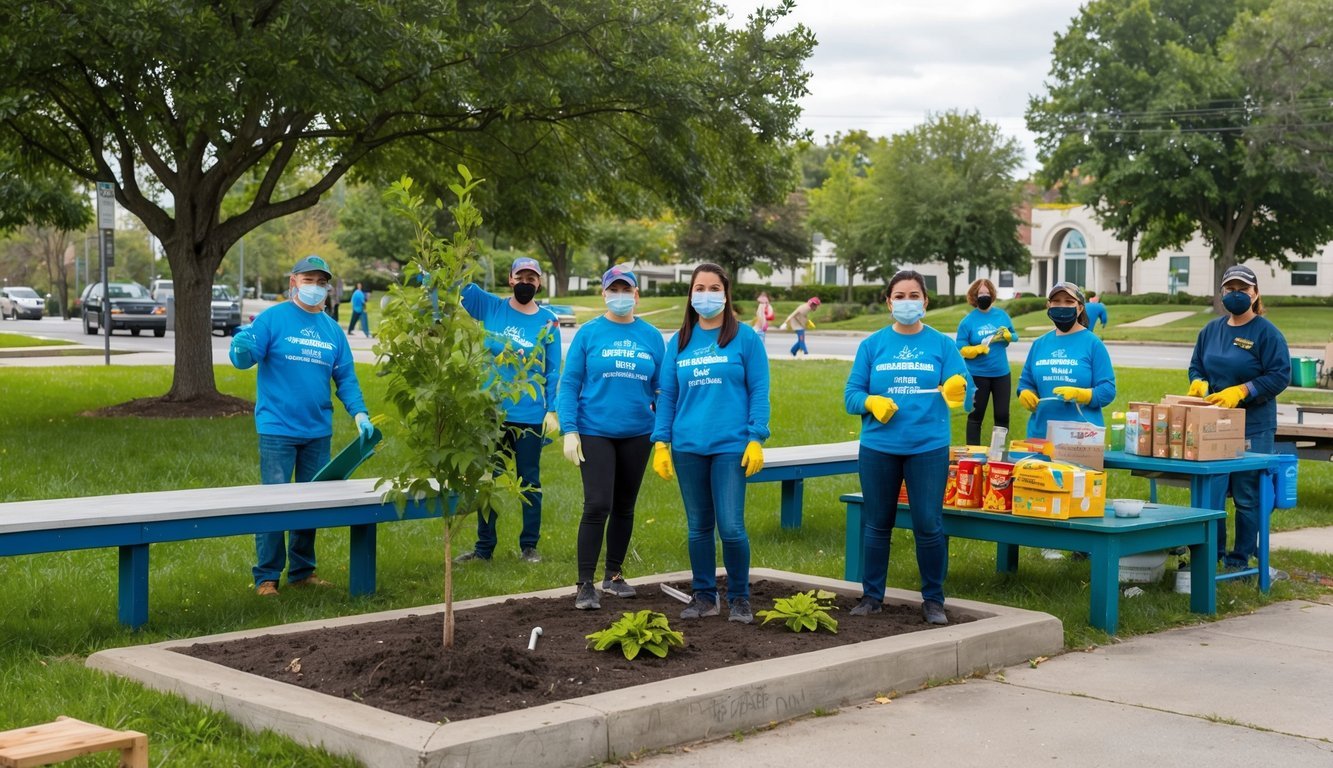
Understanding the effects of community service is important for making positive changes. This section discusses ways to track progress and gather feedback. Both methods help leaders see how their efforts are making a difference.
To truly measure impact, leaders need to track progress. Leaders should set clear goals at the start of their service projects. These may include:
Using tools like spreadsheets, leaders can keep a record of these metrics. They can also compare data over time to see growth. This helps identify what works well and where improvements are needed.
Regularly reviewing this data keeps everyone focused and motivated. It shows tangible results, which can inspire continued effort. Celebrating small successes can also strengthen community ties and encourage more participation.
Listening to those who benefit from service is key. Feedback provides valuable insights into how projects are impacting the community. Leaders can gather responses through methods such as:
Creating a simple survey with specific questions can help recipients share their thoughts. For example, questions could include:
This feedback helps understand the needs of the community better. It allows leaders to adapt their approach and serve more effectively. Regular check-ins with recipients foster trust and show that their opinions matter.
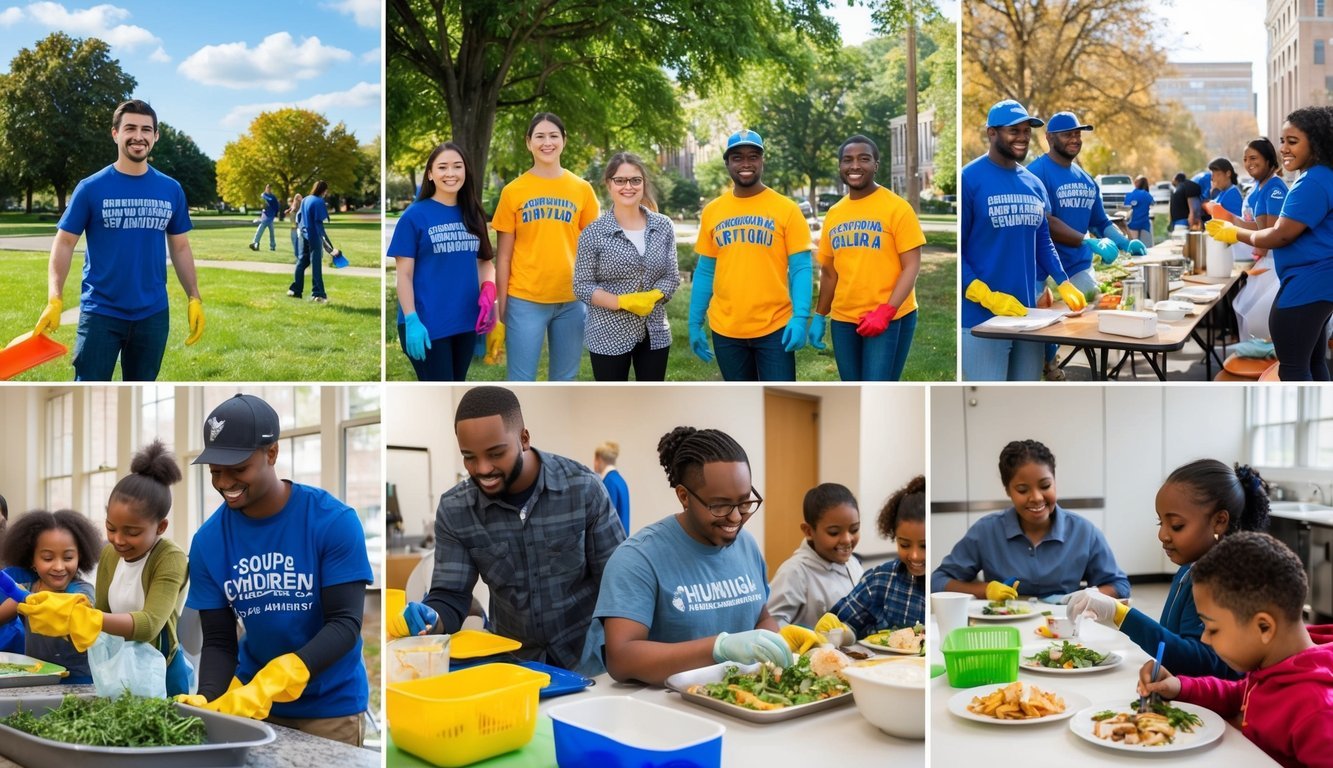
There are many ways to get involved and support the community. Here are some common questions about serving others and making a positive impact.
People can help others by volunteering at local food banks, participating in community clean-up events, or tutoring students who need extra support. Small acts like greeting neighbors or lending a hand can also strengthen community bonds.
Volunteering can take many forms. Individuals can assist at animal shelters, donate blood during local drives, or help organize community events. Every effort counts and adds to the community’s well-being.
Meaningful service can include tutoring peers, helping elderly neighbors with errands, or joining local advocacy groups. Engaging in activities that educate and uplift community members can lead to lasting change.
To encourage youth involvement, families can create volunteer opportunities that are fun and engaging. Organizing community service projects at schools or youth clubs can spark interest and a sense of responsibility.
Simple acts like sharing baked goods with neighbors, offering rides to those in need, or cleaning up local parks can uplift spirits. Even a smile or a compliment can brighten someone’s day and strengthen community ties.
Organizations can support service efforts by providing resources, training, and opportunities for individuals to connect.
They can also host events, create volunteer programs, and connect people with causes that ignite their passion.